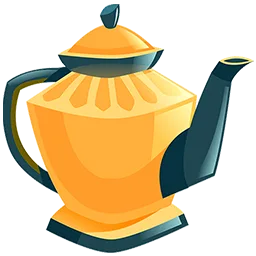Exploring Yin and Yang in Chinese Tea Culture & Ceremonies
In Chinese culture, tea is not just a drink, but it is a part of life and a philosophy. For thousands of years, Chinese people have not only sought to quench their thirst by drinking herbal teas, but also to create harmony between the mind and body. The Chinese believe that everything in nature has two parts: calm and cool, or Yin, and energetic and warm, or Yang.
When Yin and Yang are in balance, it means that the body and soul are in perfect health. Herbal teas in China play exactly the same role: to help establish balance. Each type of special tea has its own energy that regulates the Yin or Yang of the body.
This article will explore the philosophy of tea in China, its relationship with Yin and Yang, and finally, three authentic and traditional Chinese herbal teas, each of which embodies a part of this ancient philosophy.
Tea Culture in China
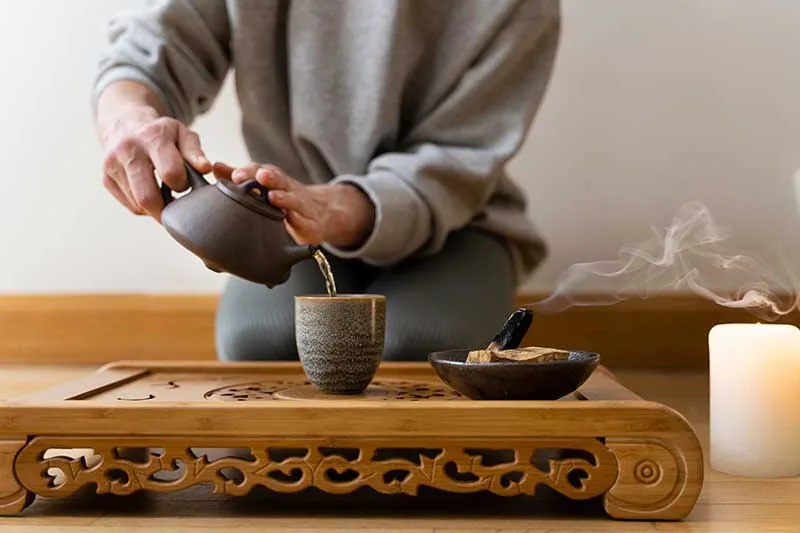
The story of tea in China begins with the famous legend of Emperor Shennong, who, about five thousand years ago, when boiling water, threw in a few leaves of the plant, and the pleasant taste that emerged led to the establishment of a drink called tea. Then, very soon, tea went beyond a simple drink.
Yin and Yang Philosophy
The philosophy of Yin and Yang means the existence of two opposing but complementary forces together. For example, the heat of water, or Yang, and the softness of tea leaves, or Yin, when combined, result in a balanced cup of tea. Even the type of tea is chosen based on the body’s needs. If someone feels hot and restless, they drink cool tea, which is Yin. If their body is cold or lacks energy, they turn to warm teas such as ginseng, which is Yang.
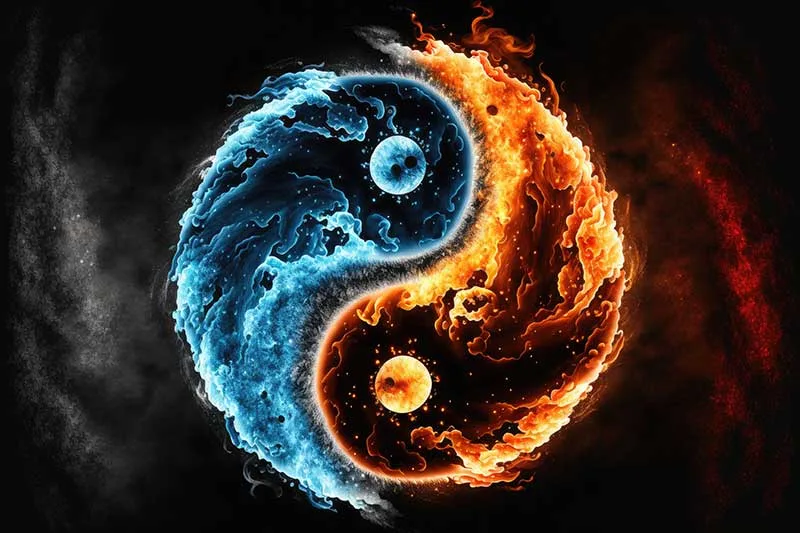
In fact, for the Chinese, tea is a natural way to remain balanced and harmonious both physically and mentally. This view has led to the tea ceremony becoming part of the Chinese philosophy of life.
The Concept of Yin and Yang in Tea and the Human Body
In traditional Chinese philosophy, the body is like a small world in which yin and yang are constantly interacting with each other. Yin represents coolness and calmness, and yang symbolizes heat, movement, and energy. When either of these two is too much or too little, the body reacts badly to it, for example, the body suffers from insomnia, fatigue, or stress.

Now, to return to this balance, the most natural solution is to use tea and herbal tea. The Chinese believe that some plants are Yang, such as ginseng, which is warm and enhances energy and blood circulation in the body. Some are Yin, such as pu-erh tea, which has cleansing properties and relaxes the body.
One very important point is the time to drink tea: in the morning, yang tea, which is warm and energizing, and in the evening, yin tea, which is soothing and cooling. This attention to detail makes tea not just a simple drink for the Chinese, but also part of traditional medicine and a philosophy of life.
Traditional Chinese Teas
Let’s explore a few traditional Chinese herbal teas that play important roles in the concept of Yin and Yang in Chinese tea culture.
#1 Pu’er Tea
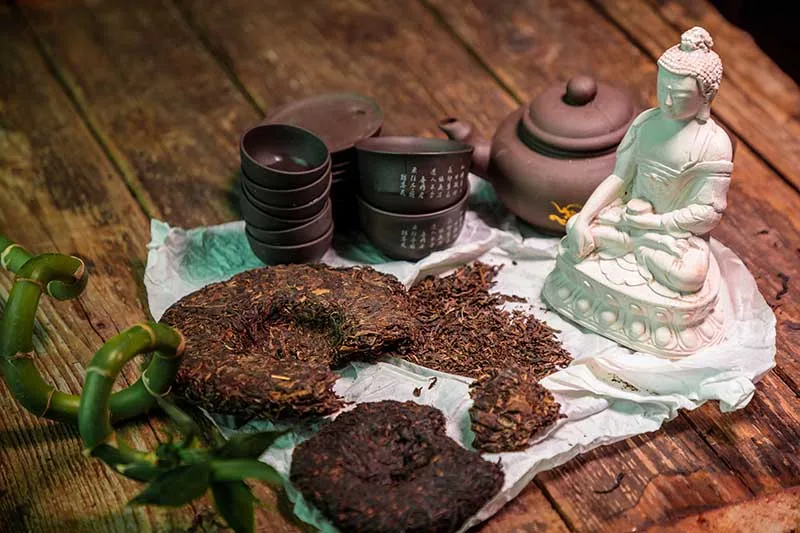
Pu’er is one of the most special fermented teas in China, produced only in Yunnan Province. This tea has a very mild nature that is great for digestion, lowering cholesterol, and detoxifying the body. The Chinese consider Pu’er to be a symbol of balance, because it is not too yin or too yang, but something in between.
How to brew Pu’er tea?
- Put some dried Pu’er leaves in a cup.
- Pour hot water.
- Wait 3 to 5 minutes for it to brew.
- Strain & drink.
#2 Ginseng Tea
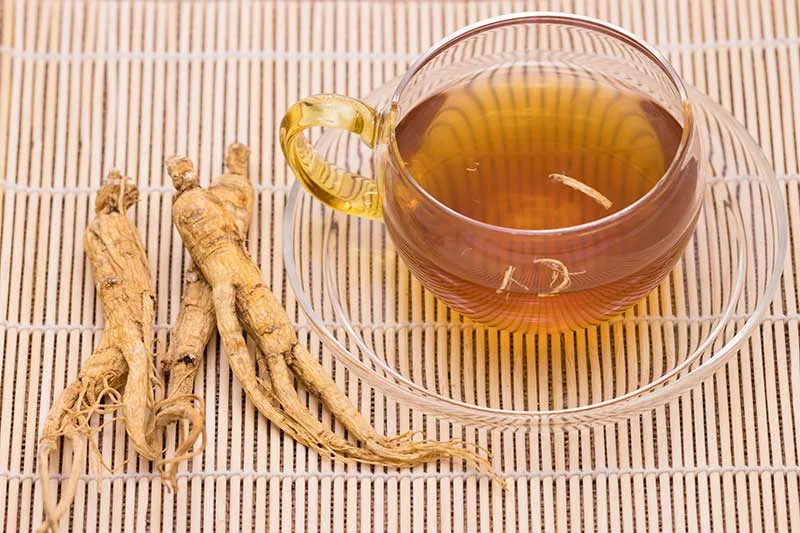
Ginseng is one of the most famous medicinal herbs in traditional Chinese medicine. For years, everyone has known this plant for its warming and energizing properties, which are very useful for enhancing memory and concentration. Therefore, since this tea is energizing, the Chinese usually drink this tea in the morning or before work to increase the body’s energy and improve concentration.
How to brew Ginseng tea?
- Steep a small piece of dried ginseng root in hot water.
- Let it sit for 10 minutes.
- Strain & drink.
#3 Goji Berry Tea
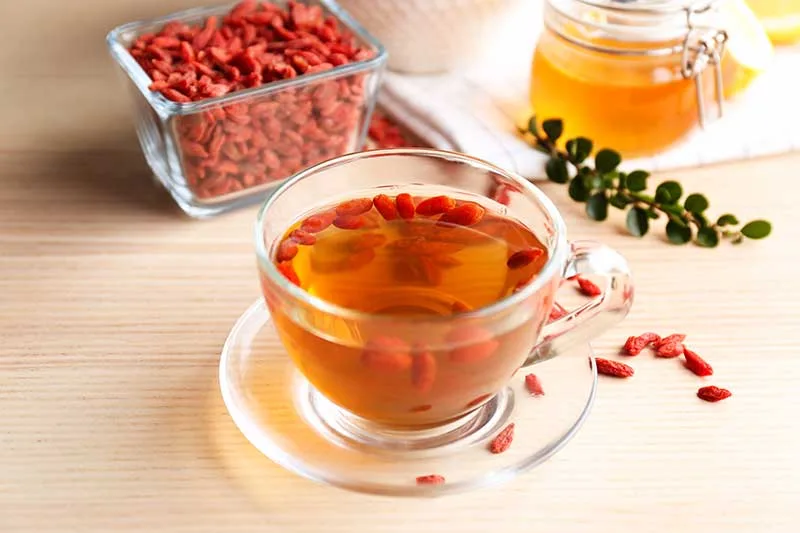
One of the original and highly effective Chinese teas is made from a small red fruit called goji berries. This plant is rich in antioxidants and is great for vision and skin. This tea has the ability to balance yin and yang and is called “eternal youth tea” in Chinese medicine.
How to brew Goji Berry tea?
- Pour a spoonful of dried goji berries into a glass of hot water.
- let it sit for 5 minutes.
- Strain & drink. You can also eat the seeds afterward.
Conclusion
In Chinese culture, tea is not just an everyday drink, it is a symbolic language for talking to nature and understanding inner balance. The philosophy of Yin and Yang teaches that nothing is inherently good or bad, but rather the balance between them is what matters.
Traditional herbal teas like Pu’er, Ginseng, and Goji Berry have exactly this concept in them: one cleansing and calming, one warming and energizing, and one balancing and restorative.
When you drink a cup of Chinese herbal tea, you are actually experiencing a part of the thousand-year-old Chinese philosophy: for health and happiness, always seek balance.
